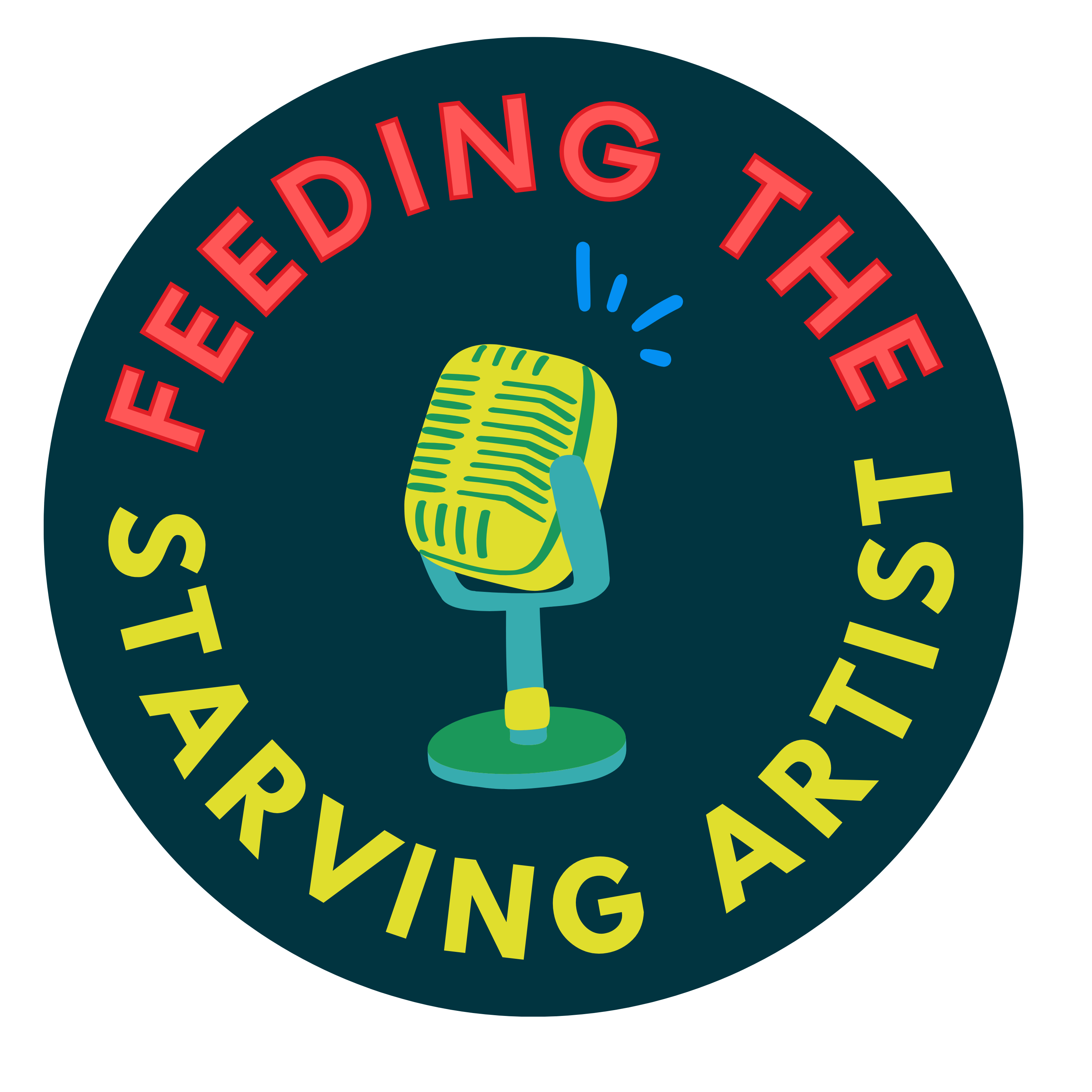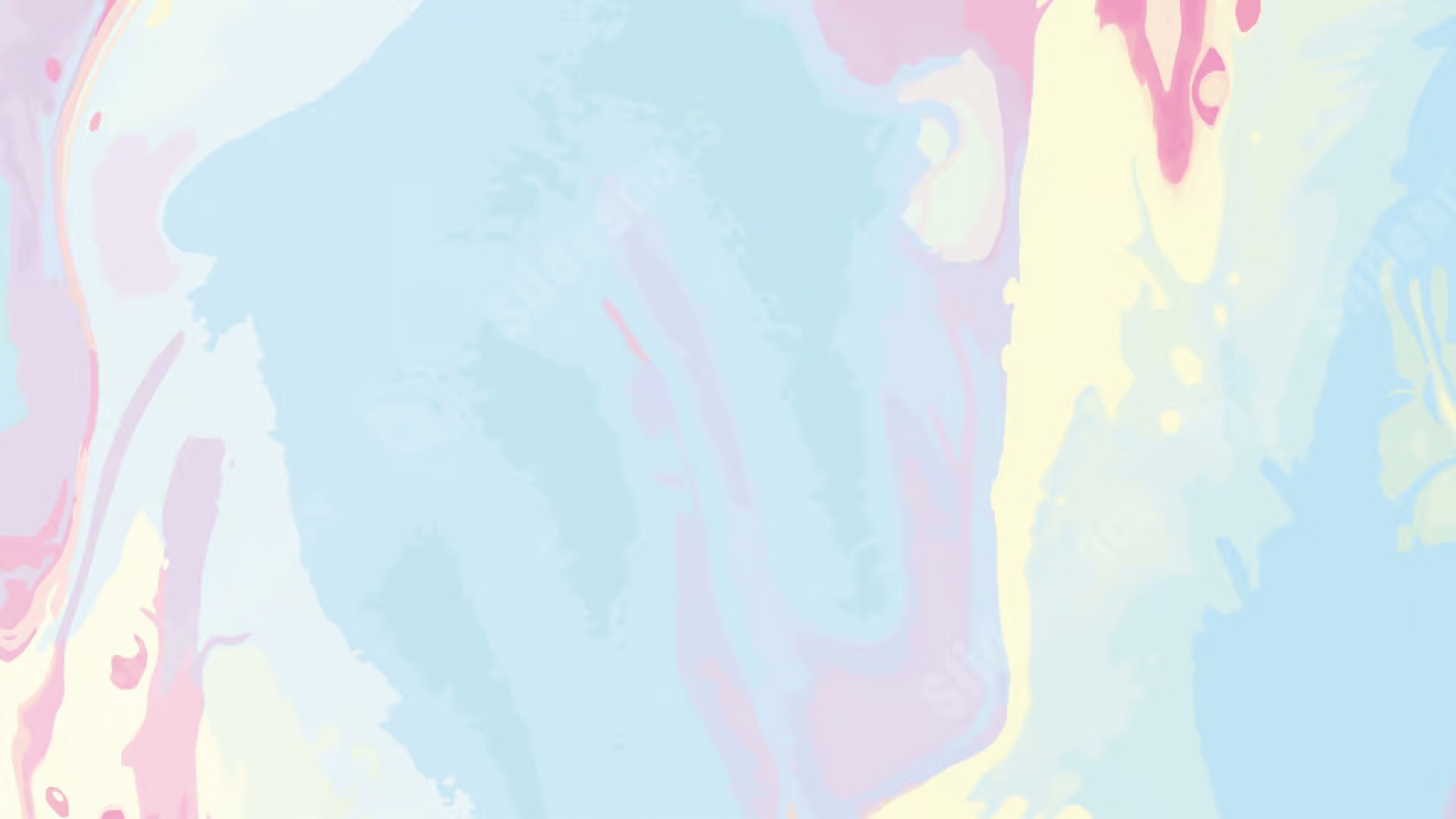Feeding the Starving Artist
Rick Goodstein and Ron McCurdy
A basic definition of creativity is the ability to generate novel and valuable ideas or solutions to problems. It’s a fundamental aspect of human existence and has been a driving force behind many of the most significant advancements throughout history. Creativity is not just reserved for artists, musicians, and writers – it can be applied in any field, from science and technology to business and marketing.
In today’s fast-paced world, creativity is more important than ever. We face complex challenges that require innovative solutions, and the ability to think creatively can give us a significant advantage. For artist entrepreneurs, it’s the holy grail.
However, creativity can be challenging to cultivate, and many of us struggle to find ways to tap into our creative potential.
The Right Mindset for the Artist Entrepreneur
One of the keys to developing creativity is to embrace a growth mindset. This means believing that creativity is not something you are born with, but something that can be developed and honed over time. When you approach creativity with a growth mindset, you are more likely to take risks, experiment with new ideas, and persist in the face of failure. As artists we know that failure is an inherent factor in our growth and maturity as a professional.
An important factor to foster creativity is creating the right environment. This means finding a space that is conducive to creative thinking, whether it’s a quiet room, a bustling coffee shop, an outdoor walk, or staring outside of an airplane window. We’ve also emphasized that collaboration can expand your creative potential. Try surrounding yourself with people who support and encourage your creative pursuits, whether it’s classmates, friends, or family.
In addition to creating the right environment, it’s also important to engage in activities that inspire and stimulate your creativity. This could be anything from reading books and watching movies to attending concerts and art exhibitions. The key is to get out of your comfort zone and expose yourself to new ideas and perspectives.
One of the most effective ways to boost creativity is through brainstorming. This involves generating as many ideas as possible, without worrying about their quality or feasibility – don’t be afraid to fail! By allowing yourself to think freely and openly, you can tap into your subconscious and come up with innovative solutions to problems.
Another strategy for boosting creativity is to take breaks and allow your mind to wander. This might involve taking a walk, meditating, playing a sport, or engaging in other relaxing activities. When you allow your mind to wander, you give it a chance to make new connections and associations, which can lead to fresh ideas and insights.
As we’ve often stated, you can expect failure as part of the creative process. Creativity is not always a linear path, and you are bound to experience setbacks and failures along the way. However, these failures can often lead to new insights and ideas and can ultimately help you become more creative. Creativity is a vital skill that can help us navigate the challenges of the 21st Century aArtist entrepreneur. By cultivating a growth mindset, creating the right environment, engaging in inspiring activities, and embracing failure, we can tap into creative artistic potential.

